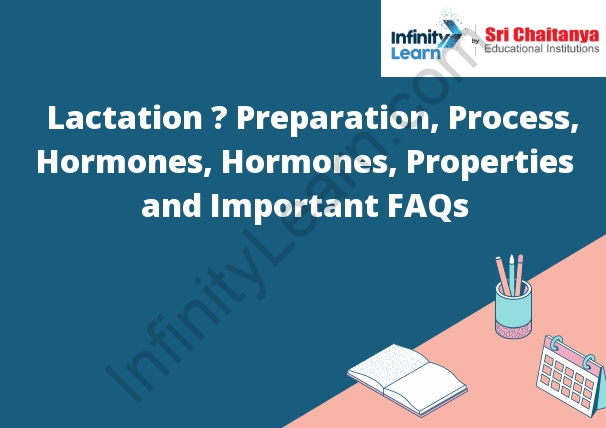Table of Contents
What is Lactation?; Important Nutrients During Lactation ;and Tips for New Mothers.
Lactation is the secretion of breast milk by the mammary glands. The milk is ejected through the nipples in response to suckling. The nutrients in breast milk are important for the growth and development of the baby.
Some of the important nutrients in breast milk are protein, carbohydrates, fats, vitamins, and minerals. The milk also contains antibodies that help protect the baby from infection.
Tips for new mothers:
- Drink plenty of fluids to keep your milk supply up.
- Eat a balanced diet with plenty of protein and calcium.
- Get plenty of rest.
- Make sure you are getting enough vitamin D and vitamin B12.
- Pump or breastfeed frequently to keep your milk supply up.

Relation of Pregnancy with Lactation
The relationship between lactation and pregnancy is a complex one. Lactation is the production and secretion of milk from the mammary glands, while pregnancy is the condition of being pregnant. In order for lactation to occur, the body must produce prolactin, a hormone that stimulates milk production.
Pregnancy can interfere with lactation, as the body produces large amounts of progesterone, a hormone that can suppress prolactin production. Additionally, the breasts may become engorged with milk during pregnancy, which can make it difficult to nurse.
Many women find that their milk production decreases during pregnancy, but resumes after the baby is born.
Preparation for Lactation
Before a woman begins to lactate, her breasts must produce milk. This usually occurs about four to six days after the baby is born. During this time, the breasts will become fuller and feel heavier. The areolas (the dark area around the nipples) may also become larger and darker.
To prepare the breasts for lactation, the woman’s body will produce a thick, yellowish fluid called colostrum. Colostrum is high in protein and antibodies, and is the perfect food for a newborn baby. It also helps to protect the baby from infection.
Most women will begin to produce milk about four to six weeks after the baby is born.
Lactation Process
The lactation process is the natural process that allows a woman to produce milk for her baby. The process begins when the baby suckles at the mother’s breast, which causes the release of the hormone prolactin.
Prolactin stimulates the production of milk by the mammary glands. The milk is then conveyed through the ducts to the nipples, where it is expelled when the baby suckles.
Hormones Responsible for Lactation
The hormones responsible for lactation are prolactin and oxytocin. Prolactin is responsible for the production of milk, and oxytocin is responsible for the release of milk from the breast.
Certain hormones that are responsible for the process of Lactation. Let’s have a look at them –
Oxytocin: It is produced in the hypothalamus and stored in the posterior pituitary. It is released during labor and causes the uterus to contract. It is also responsible for the release of milk from the breasts.
Prolactin: It is produced by the pituitary gland and is responsible for the production of milk.
Things to Avoid During Breastfeeding
There are a few things that you should avoid while breastfeeding. These include:
- Avoid drinking alcohol.
- Avoid smoking cigarettes.
- Avoid taking any medications, unless specifically prescribed by your doctor.
- Avoid eating spicy foods.
- Avoid eating foods that are high in fat.
- Avoid drinking caffeine.
Nutritional Needs During Lactation
A woman’s nutritional needs are increased during lactation. She needs an extra 500 to 700 calories per day to meet the increased energy demands of breastfeeding. She also needs an increased intake of protein, calcium, and vitamins A and B6.
A balanced diet that includes a variety of foods from all food groups will provide the nutrients a woman needs to meet her increased nutritional needs during lactation. Some good sources of protein include meat, poultry, fish, eggs, legumes, and nuts.
Good sources of calcium include dairy products, leafy green vegetables, and fortified foods. Good sources of vitamin A include orange fruits and vegetables, leafy green vegetables, and fortified foods. Good sources of vitamin B6 include poultry, fish, legumes, and nuts.








